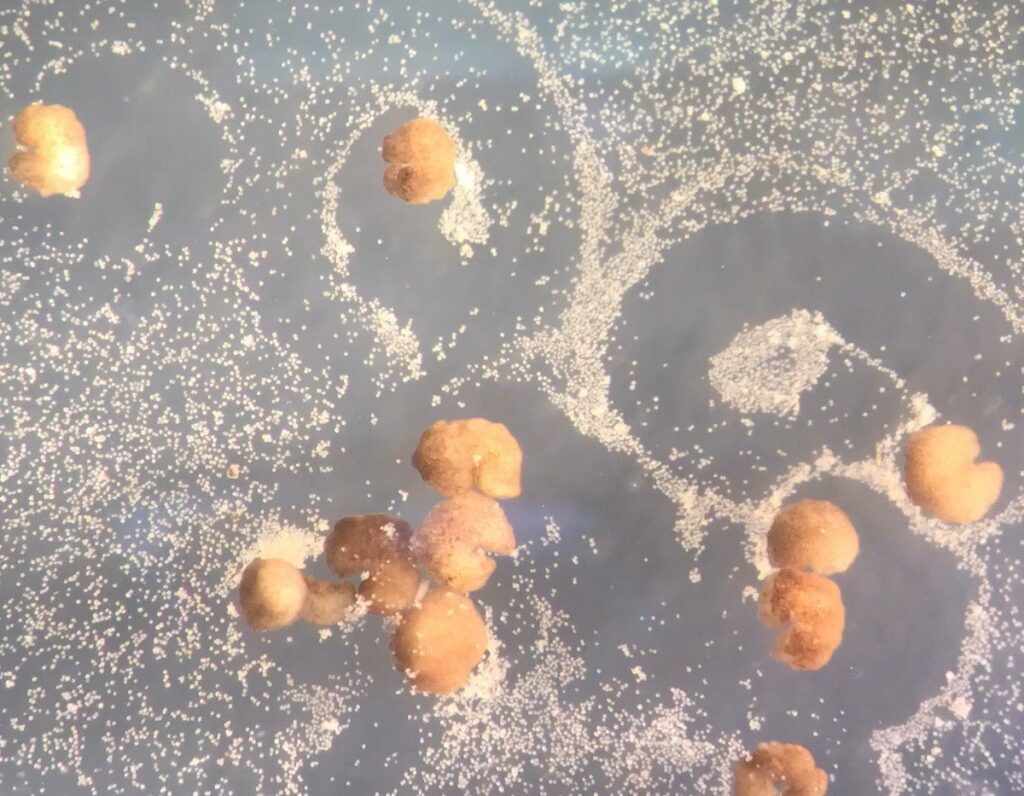After the discovery of human embryonic stem cells, scientists are hopeful for their use in curing various diseases. As these cells are pluripotent that means they can differentiate into many types of cells in body. However, obtaining embryonic stem cells from human embryo can damage or destroy the embryo. Consequently, raising ethical issue.
Researchers in 2006 introduce induced pluripotent stem cell as an alternative to harvesting embryonic stem cells. Evidence was provided that it is possible to change a normal adult cell back into undifferentiated. Hence, to pluripotent stem cell state by adding genetic material into the cell (outside DNA). This process than changes the original state of cell. Some researchers have focused more on the use of adult stem cells to avoid using embryonic stem cells. Use of adult stem cells is less because unlike embryonic stem cells, these cannot grow into any type of cells. Adult stem cells can only grow into a certain cell type.
Creating embryonic stem cells
Currently, scientist at Brigham and Women’s Hospital (BWH), with the RIKEN Center for Developmental Biology in Japan, have shown that any mature adult cell has the ability to change into equivalent of embryonic stem cell. Scientist in a preclinical model demonstrated a novel and unique way to reprogram cells. They called it stimulus-triggered acquisition of pluripotency (STAP). This method does not require the addition of new outside DNA. Thus, the process is mainly use to induce adult cells back into pluripotency state.
“It may not be necessary to create an embryo to acquire embryonic stem cells. Our research findings demonstrate that creation of an autologous pluripotent stem cell-a stem cell from an individual that has the potential to be used for a therapeutic purpose–without an embryo, is possible. The fate of adult cells can be drastically converted by exposing mature cells to an external stress or injury. This finding has the potential to reduce the need to utilize both embryonic stem cells and DNA-manipulated iPS cells,” said Charles Vacanti, MD, chairman of the Department of Anesthesiology, Perioperative and Pain Medicine and Director of the Laboratory for Tissue Engineering and Regenerative Medicine at BWH. “This study would not have been possible without the significant international collaboration between BWH and the RIKEN Center,” he added.
Researchers believed that any mature adult cell can de-differentiate, once differentiated, through natural way that does not need to add genetic material into the cells. They concluded this from the ability of a plant callus. It is a node of plant cell, made by damaging an existing plant to grow into a new plant. “Could simple injury cause mature adult cells to turn into stem cells that could in turn develop into any cell type?” hypothesized Vacanti.
Studying on mice
Researchers began with mature adult cells by letting them to multiply. Then exposing them to different stressful environments like low oxygen, acidic environment and trauma to the point of cell death. Researchers discovered that only within a few days, cells survived and recovered from these stressful stimulus, by naturally returning to a state that is similar to an embryonic stem cell. Stem cells produced by exposure to external stimuli were then able to redifferentiate. Hence, mature into any cell type and grow into any kind of tissue depending on the surrounding they are kept in.
Scientist used mature blood cells from GFP+ mice to examine the growth potential. Mice used for this study had been modify with a specific mutation to light up green under specific wavelength of light, genetically. They stressed GFP+ cells from blood by placing them in an acidic environment. They found that after stress, cells reverted back to embryonic stem cell-like state. Like plant callus, these stem cells began to grow in spherical clusters. The cell clusters were introduce into developing non-GFP mouse’s embryo to make a mixture of cells (chimera). The implanted clusters created GFP+ tissues in all organs tested, hence, confirming that cells are pluripotent.
Researchers believed that these findings lift the possibility that unknown cellular functions that are activated by external stress. They can set mature adult cells free from current task and allow them to change back to their original state. “Our findings suggest that somehow, through part of a natural repair process, mature cells turn off some of the epigenetic controls that inhibit expression of certain nuclear genes that result in differentiation,” said Vacanti.
Conclusion
The next step is to investigate this process in advance mammals and eventually in humans. “If we can work out the mechanisms by which differentiation states are maintain and lost. It could open up a wide range of possibilities for new research and applications using living cells. But for me the most interesting questions will be the ones that let us gain a deeper understanding of the basic principles at work in these phenomena,” said first author Haruko Obokata, PhD.
If we can demonstrate this same procedure in human cells, then maybe someday, researchers maybe be able to create embryonic stem cells. Through a skin biopsy or blood sample and without requiring genetic manipulation embryonic stem cells specific to each individual maybe produce. These in turn possibly be used to make tissue without inserting any genetic material in the cell. Therefore, creating many chances for therapeutic options.
